Australiana decoration in Federation houses
[Previous page: Killara Federation Home Next page: Architects of Federation Housing]
[Previous page: Killara Federation Home Next page: Architects of Federation Housing]
Table of Contents
The Discreet Charm of Federation
September 5, 2012 by Ingridweir



the front bedroom

from The Federation House by Ian Evans

Federation rose window in the bathroom

coloured glass windows used in the new sunroom
 from "The Federation House" by Hugh Fraser and Ray Joyce
from "The Federation House" by Hugh Fraser and Ray Joyce


Ballarat home PHOTOGRAPHY MARK ROPER
September 5, 2012 by Ingridweir
 from "The Federation House" by Hugh Fraser and Ray Joyce
from "The Federation House" by Hugh Fraser and Ray Joyce
Ballarat home PHOTOGRAPHY MARK ROPER
|
|
|
|
 |  |
- see also page Federation Leadlight Windows
- The rising sun emblem that appeared on countless gable ends symbolised the dawn of a new age for Australia and was itself adopted as a national symbol.
- After more than a century of British cultural domination Australians had begun to find inspiration in their own country and in its remarkable flora and fauna.
- For the first time, the flowers, birds and animals of the bush were used to decorate plaster, pressed metal, glass, terracotta and fretworked timber."
1. Gallery from 'Art Nouveau Stained Glass'
- an album on Flickr_files by raaen99 Click on any image to expand the view
- see also page Federation Leadlight Windows
- The rising sun emblem that appeared on countless gable ends symbolised the dawn of a new age for Australia and was itself adopted as a national symbol.
- After more than a century of British cultural domination Australians had begun to find inspiration in their own country and in its remarkable flora and fauna.
- For the first time, the flowers, birds and animals of the bush were used to decorate plaster, pressed metal, glass, terracotta and fretworked timber."
- an album on Flickr_files by raaen99 Click on any image to expand the view
2. Gallery from Bob Bush Leadlight Glass
- 102 Smith St. Summer Hill NSW 2130. Call Sydney (02) 9799 6107












- 102 Smith St. Summer Hill NSW 2130. Call Sydney (02) 9799 6107
 |  |  |  |
 |  |  |  |
Gallery of Federation Tiles
- an album on Flickr_files by raaen99 Click on any image to expand the view
- an album on Flickr_files by raaen99 Click on any image to expand the view
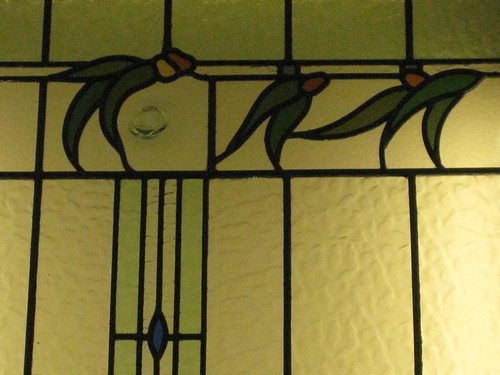
![[★] [★]](https://s.yimg.com/pw/images/spaceball.gif)
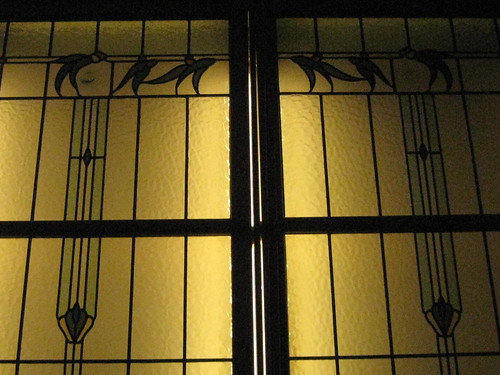
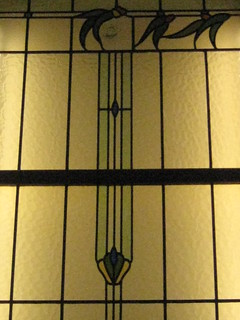
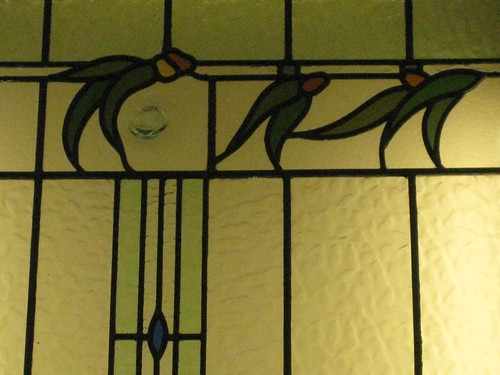
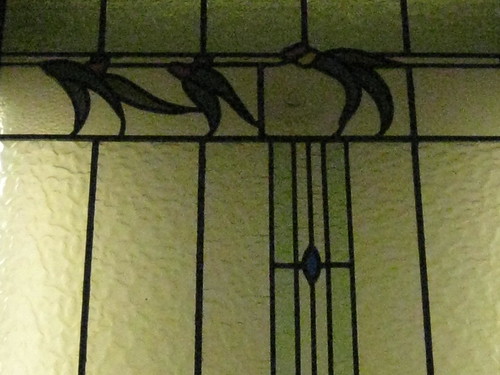
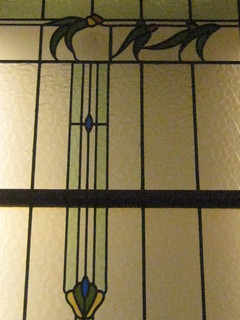
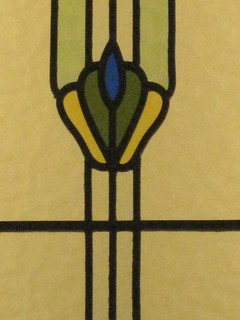
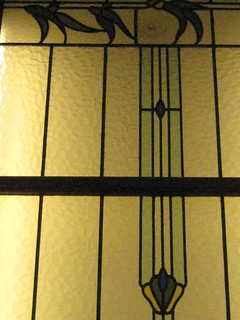
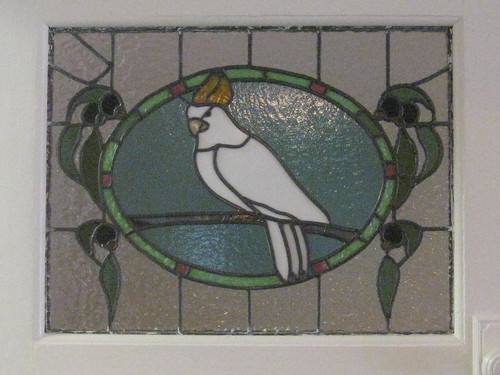
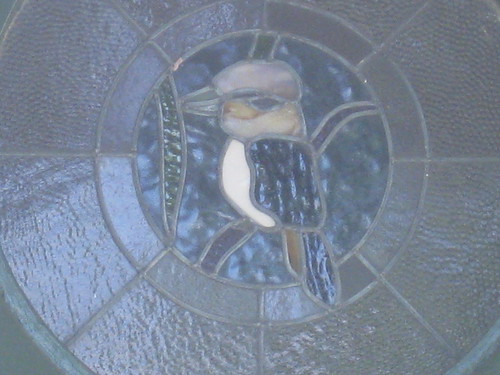
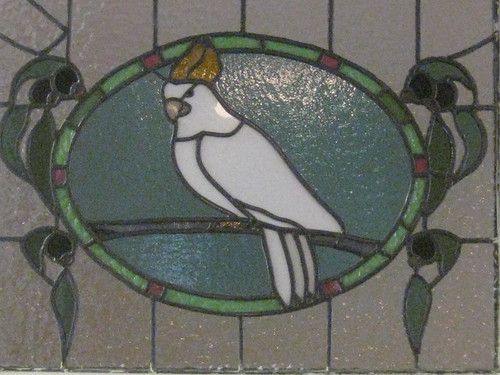
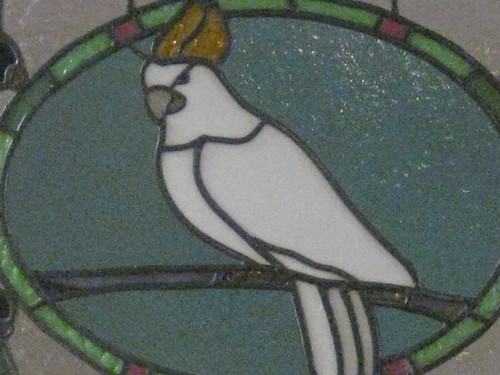
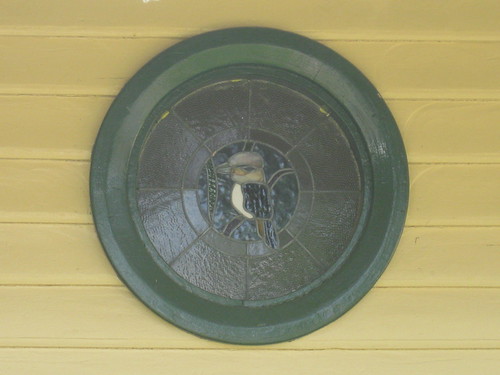
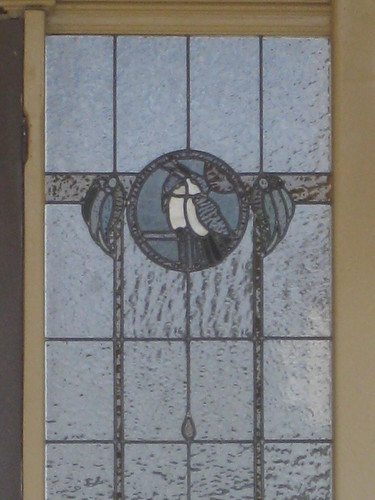
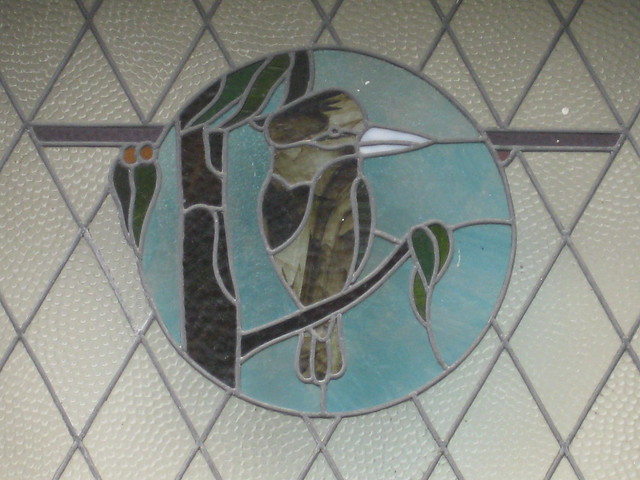
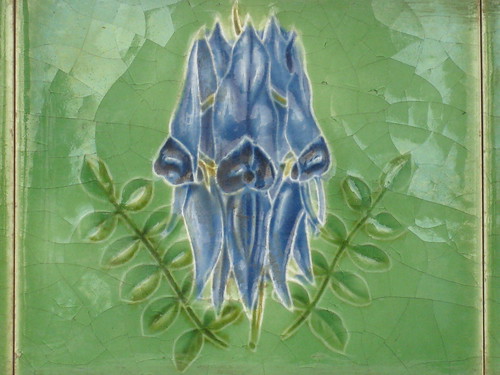
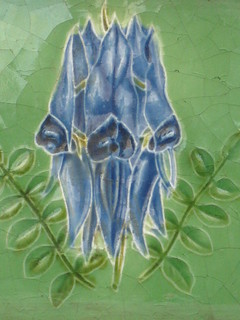
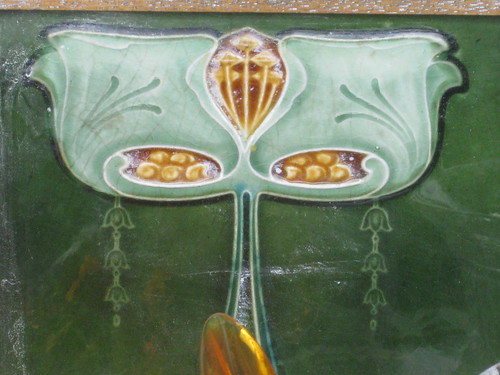
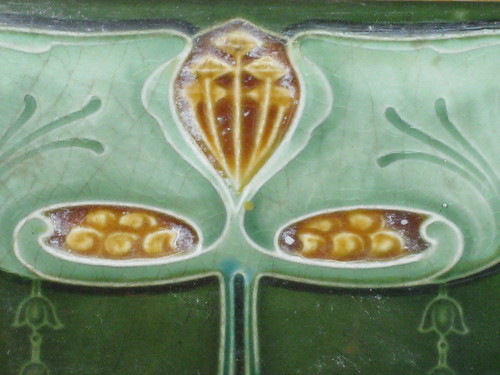
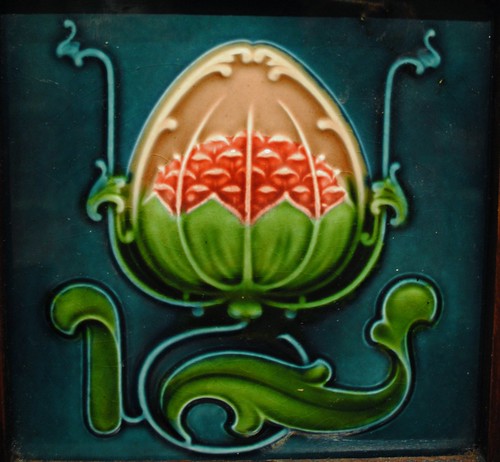
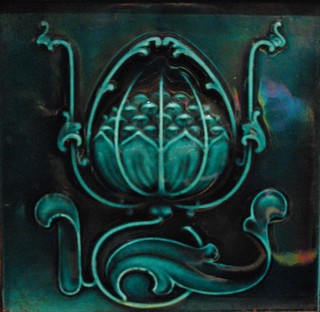
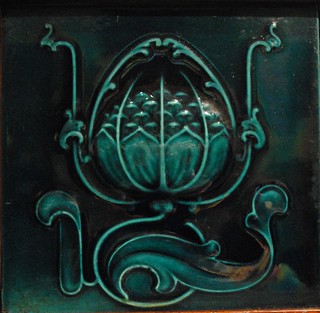
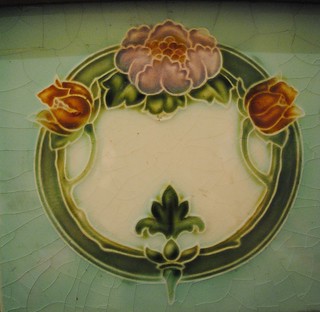
No comments:
Post a Comment